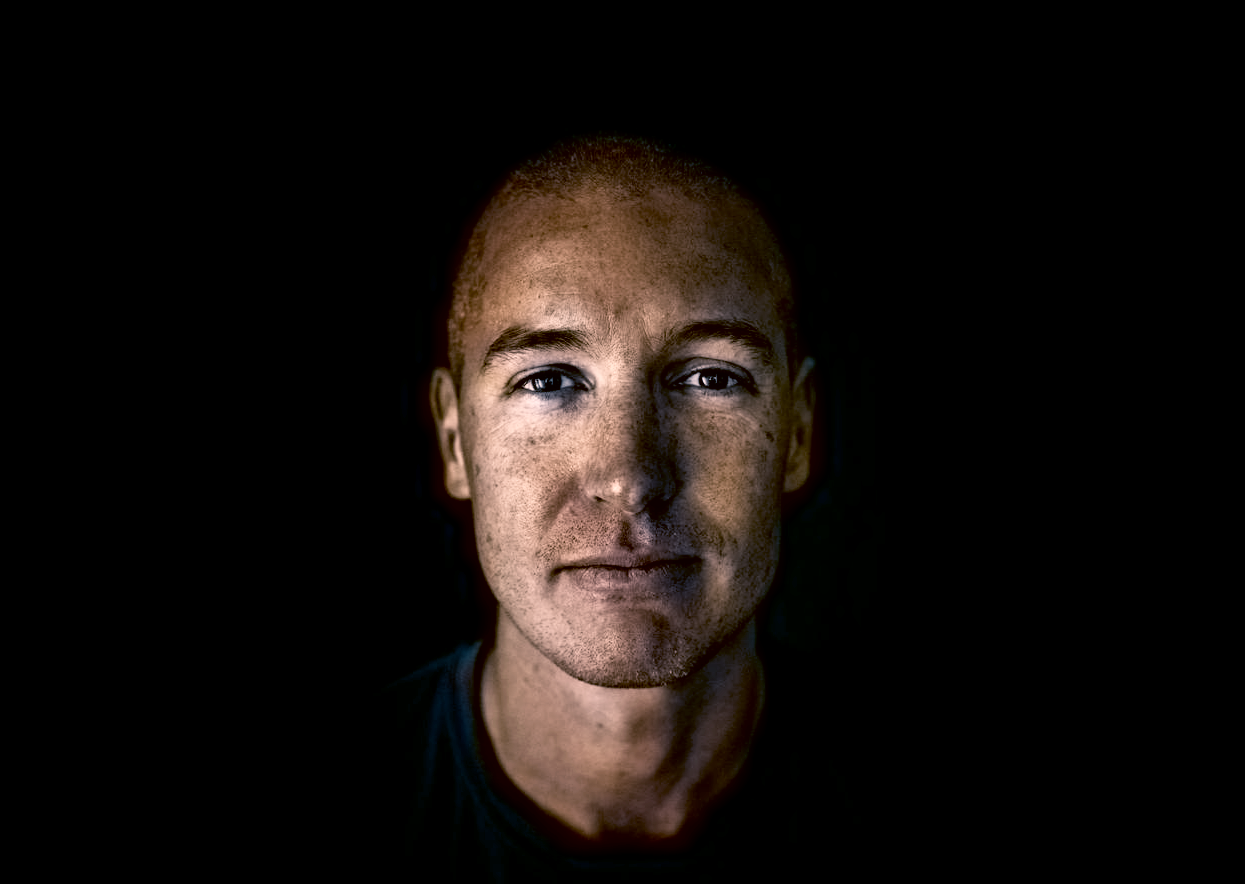“It would have been nice if… we weren’t surprising about half of the Ministry of Defence with this,” says Marcus Stow, the former chief operating officer of the UK military’s JHubMed medical innovation unit.
The military, in general, don’t like to be surprised.
But Stow had little choice in 2020, when Covid hit and a small pilot project he had been running, on introducing remote consultation to the armed forces' medical service, suddenly had to be scaled up. What would have normally taken years to roll out had to be done in a matter of weeks.
Stow and JHubMed were working on the project with eConsult, a remote healthcare startup, founded in 2013. It was a case of a young company and a large, slow-moving organisation having to learn to work together fast.
Sifted spoke to Stow, a Wing Commander with a 20-year nursing career in the UK’s Royal Air Force, and Dr Murray Ellender, a practicing GP and cofounder and CEO of eConsult, about what they learned in the process.
An outdated system
A little context first. The UK’s Ministry of Defence (MoD) has personnel scattered across the UK and around the globe. It also has its own primary health system, based on medical (med) centres that are also distributed around the world.
As recently as 2018, its basic means of assessing, diagnosing and providing care to personnel was, as Stow described it, “very outdated” and in need of digital solutions.
“Troops were still lining up at 07:30 at a medical centre to be told whether they were ill or not, and whether they could attend duty or not,” says Stow. “We have a lot of occupational health provision, as you’d expect, so you could be left waiting two weeks for an appointment to find out whether you can fly or scuba dive or join company exercises. That’s an incredible waste of resource.”
This decades-old approach to healthcare provision was a source of material inefficiency. The problem was exacerbated in Germany, for instance, where due to the drawdown of personnel, there were limited med centres. People faced a couple of hours travel each way (and the transport personnel to get them there and back), only to discover a potentially minor condition, something easily solved, or no clinical problem at all.
If you can manage a proportion of healthcare problems digitally, you’ll have a lot more resource at your disposal
Leaders wanted the UK’s defence forces to catch up with the tools and technologies widely permeating public healthcare across the UK and Europe (and beyond). And they wanted greater resource efficiency.
“If you can reduce appointment attendances at med centres, that frees up GPs and practice nurses to focus on more acute work,” says Stow. “If you can manage a proportion of healthcare problems digitally, you’ll have a lot more resource at your disposal in the med centre.”
Rolled out in weeks rather than years
Since its founding in 2013, eConsult has become the NHS’s leading online consultation provider, now live in more than 3,000 GP practices (representing around half of all practices in England). With penetration across the NHS ultimately limited, the opportunity to extend this to the MoD was understandably appealing.
EConsult and JHubMed began a joint pilot programme in 2019, working initially with just two med centres in the UK, and had planned to extend this to more of a regional pilot after the first year, initially targeting the southwest of England owing to the very dispersed personnel there.
However, plans for a gradual, phased rollout — at a pace the military was known for and comfortable with — were quickly accelerated when the pandemic took hold.
“We had planned engagement teams combining people from eConsult and JHubMed,” says Ellender. “We were going to take the time to carefully engage stakeholders, pitching the new way of working from med centre to med centre. This approach clearly wasn’t feasible in the reality which 2020 presented us.”
The full deployment of eConsult’s tools across the MoD was executed in a matter of weeks, rather than phased over several years.
A dramatic increase in demand
While it’s well known that Covid-19 created a jump in digital healthcare services, the scale is still more dramatic than anyone could have predicted.
Data from eConsult reveals that its digital consultation and triage services across the UK grew from 130k so-called eConsults in February 2020 (pre-pandemic) to more than 1m in February 2022 — an almost 700% increase.
The numbers for JHubMed and MoD personnel are smaller, but eConsult’s UK-wide figures show the magnitude of the change involved.
Lesson 1/ The biggest challenge is behaviour change
Even during the pilot phase in 2019, eConsult and JHubMed had faced some “acceptance challenges”, largely to do with firewalls, security clearances and the need for privacy.
But once the technology began to be rolled out more broadly, Stow and Ellender realised the greatest challenge wasn’t the tech — it was winning over the clinicians.
“Getting clinicians to operate in a different way — that’s the difficult bit,” says Ellender. “You can have a good idea, and have all the tech, but it’s the transformation that needs to go alongside it that’s key.”
Doctors and nurses had to unlearn well-enshrined processes and ways of working.
You can have all the tech, but it’s the transformation that needs to go alongside it that’s key
“As a clinician, you’re taught to see people face-to-face,” says Ellender. “You’re trained on certain protocols, procedures and processes for years. Then all of a sudden you’re asking people to operate outside of what they know. Some people jump at it, but others need far more education and explanation.”
Usually winning over medical staff requires a combination of networking and hands-on demonstrations. Most of that wasn’t possible in 2020 — and certainly not with the accelerated timetable the rollout was now targeting.
In hindsight, says Stow, he wishes the team had been a little more vocal during the 2019 pilot phase.
“If I had my time again, I’d be less prudent about pitching at the clinical level,” he says. “It would have been nice if there was a broader understanding across the med centre community about what we were piloting and why.”
Lesson 2/ Convince the “zombie middle”
One of the groups that is most crucial to win over in any transformation project is what Stow calls “the zombie middle group”.
Senior leaders can be reassured with financial projections and KPIs, while frontline staff are sold on things that make their working lives easier. But it can be hard to persuade middle managers to back a new way of working.
“It’s an institutional worry,” says Stow. “There are individuals who aren’t in the most senior roles, but aren’t in front-line clinical roles either, who have power over finance, commercial arrangements, security and digital. This group tends to favour the status quo, and they have the ability to slow you down.”
We’re still often perceived as cutting corners and moving too fast
They are naturally sceptical about an innovation unit, working at a much faster pace than the rest of the organisation.
“Getting people to understand that we’re doing something right, for the right reason, has been a challenge,” says Stow. “We absolutely prioritise security, we take financial discipline seriously and we’re sensitive to risk.
“But we’re still often perceived as cutting corners and moving too fast, even though we were established as an innovation hub for this precise reason.”
Lesson 3/ Beware the KPI lag
Getting proof to show that the project was working was another challenge.
“One of the things which concerns me is our ability to generate metrics of success which are enough to justify our investment,” says Stow.
“Even with a large-ish pilot, gathering enough data to prove that the investment absolutely reduces appointments by X and reduces travel by Y, is a challenge – and these are the KPIs I had applied in the original business case and opportunity assessment. I needed them to play out, but gathering the data was going to be a challenge as adoption doesn’t occur overnight.”
One of the things which concerns me is our ability to generate metrics of success which are enough to justify our investment
One of the problems was that the MoD’s electronic and health records came with a number of problems and inconsistencies. JHubMed was going to gather better data as part of the pilot, but were unable to when Covid-19 accelerated the project. Therefore it was always lacking a baseline to compare with, and the team had to rely on assumptions or generalisations about past performance rather than hard facts.
Lesson 4/ You are buying more than just tech
One key thing that JHubMed learned was that when you adopt new tech from a startup like eConsult, you are buying a lot more than just some software and hardware. You have to acknowledge that you are investing in a whole business transformation — and you have to budget for that.
“Too often people distil innovation investments down to buying the tech, but actually you need to fund the transformation that goes with it,” Ellender says.
“I think we need to be more bullish in asking for more investment, both from investors and clients. Too often people distil innovation investments down to buying the tech, but actually you need to fund the transformation that goes with it. Typically that’s a one-off cost, but you need to recognise it, and invest in it.”
The results
It may not have been the phased, iterative roll-out that eConsult and JHubMed envisaged. There were inevitably stakeholders who could have been better managed, and a process of communication and engagement that would have better served the team in the long-run. But as with most things in 2020, plans meant little in the face of a global health emergency.
Notwithstanding the pressure on such a scaleup, the results are pretty impressive.
EConsult rolled out to 124 med centres around the world, covering approximately 183,500 personnel, in a period of 24 hours. The system is live in 100% of med centres worldwide, and during 2021 159,620 eConsults were delivered to MoD personnel, at a 72% satisfaction rate.
That’s the equivalent of 87% of the MoD’s worldwide personnel having one digital consultation each last year. Or more importantly, that’s 159,620 cases of a serving member of the UK’s defence forces having their healthcare needs assessed and triaged without the need to wait up to two weeks for an appointment, travel to a med centre, draw on transport capacity or simply be out of action.


